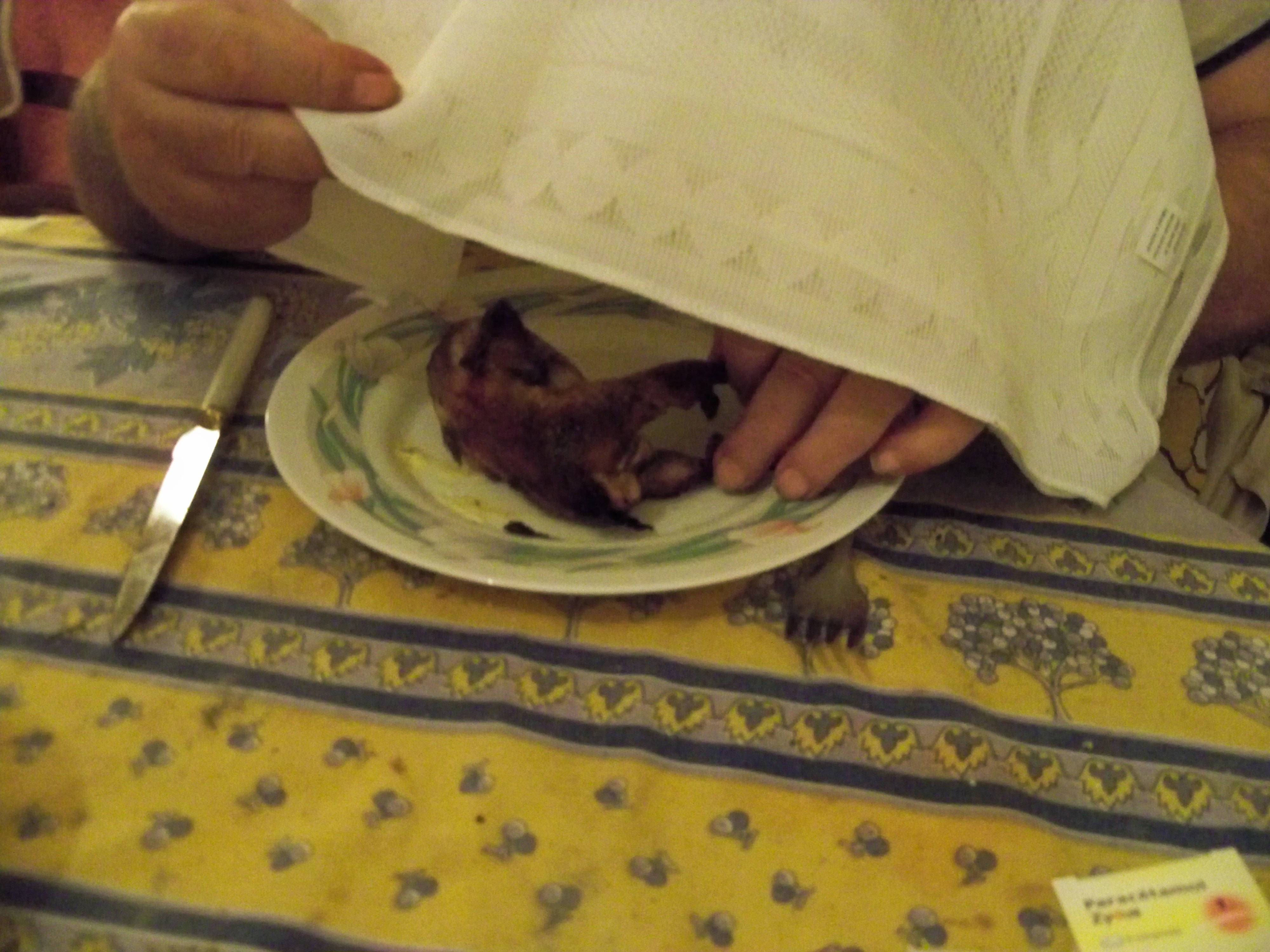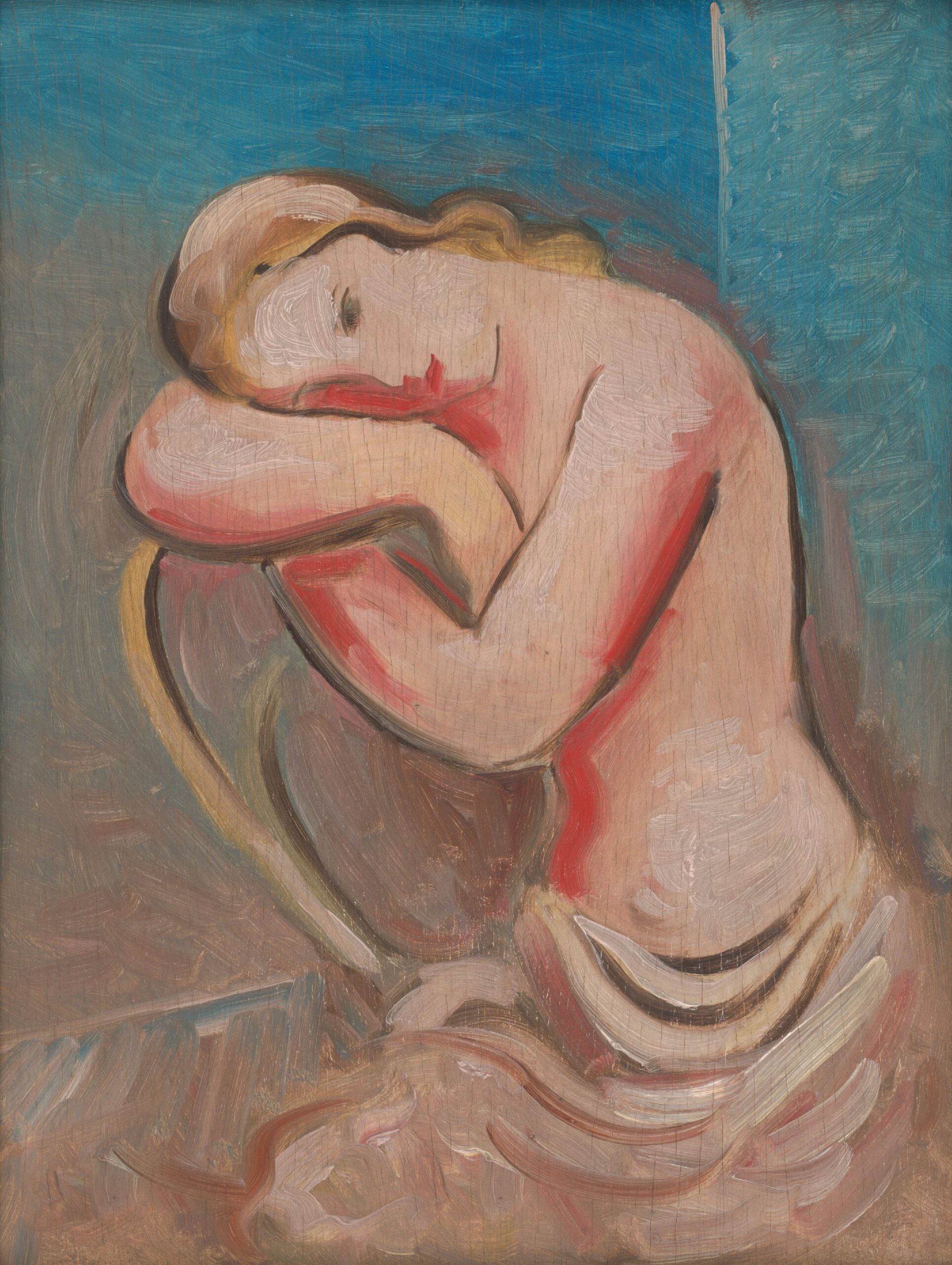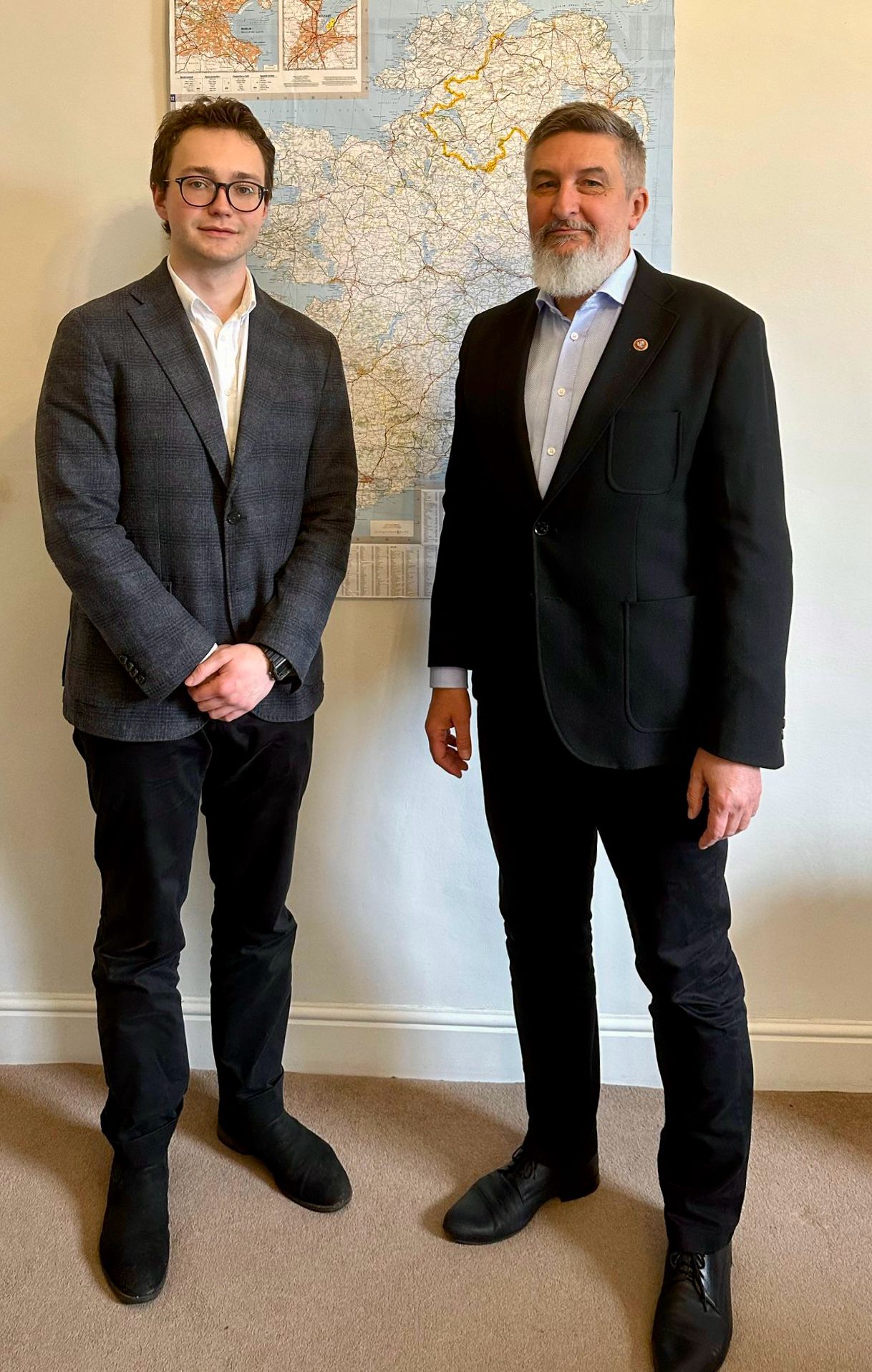James Shaw | Staff Writer
There was a minor furore following the airing of a scene in the RTE drama Charlie, where the late Taoiseach is shown indulging on ortolan with his then counterpart, François Mitterrand. Commentators from Sean O’Rourke to the Irish Times’ Paddy Woodworth weighed in on the matter, showing the extent of concern over culinary ethics in Irish society. There was national uproar over the 2013 horse meat scandal, where meat labelled as beef actually consisted of horse meat. The disgust transcended the deception of false advertising and touched on our emotional connection to horses, long admired for their grace and their centrality in equestrian sports. This, too, displays our complex and often hypocritical attitude towards animal ethics. Equestrian sports, often touted as cruel by animal rights activists, are loved by many Irish people, yet we detest the idea of eating horses. But the practice has long been commonplace in France, a country which enjoys a similarly proud equestrian tradition.
Equestrian sports, often touted as cruel by animal rights activists, are loved by many Irish people, yet we detest the idea of eating horses.
The devouring of the tiny ortolan by the two corrupted leaders seemed to highlight the decadence of their respective characters, something which struck a nerve with many viewers. The ortolan is a songbird which was formerly popular in French haute cuisine, but has since become taboo since its killing was made illegal in 1999 (in accordance with EU law). A controversial delicacy, its preparation involves being force-fed to death in a small, dark cage. While many people find that practice disgusting and objectionable, it’s not entirely dissimilar to the treatment of battery-fed chickens, which are crammed into tiny indoor cages and filled with growth hormones.
One difference is that those chickens regularly line supermarket fridges, consumed by customers who are either ignorant of the process or are simply indifferent. For those of us who eat meat, we know that, somewhere along the line, an animal was prepared and slaughtered to provide us with food. Most of us don’t consciously consider this each time we sit down to eat it, but at some point all meat eaters have to make a judgement that the slaughter of animals is acceptable for the sustenance they provide. There are further subsets, though. Many people only eat meat providing that the animal has been humanely treated and killed, and indeed we generally have laws to guarantee that. It’s largely a subjective area, though. Dishes such as foie gras and veal are routinely criticised as being cruel to the animals involved, yet they are legal to produce and serve, unlike the ortolan.
The preparation process of ortolan is so cruel that diners would traditionally cover their head with a napkin or muslin, supposedly to conceal them from the judging eyes of God. With such a tradition, there is clearly an awareness of the cruelty involved, which is rarely the case for the unsuspecting parent who buys a battery-fed chicken because they can’t afford to buy organic or free range. Perhaps this is where the outrage against ortolan lies. That said, foie gras is produced similarly to ortolan, whereby a tube is passed through the mouth of a duck or goose and force feeds into the liver, yet it remains legal to produce in most countries.
For those of us who eat meat, we know that, somewhere along the line, an animal was prepared and slaughtered to provide us with food.
The question follows as to whether we have double standards depending on the animal involved. Are people repulsed by the production of ortolan because it concerns the torture of a mellifluous songbird? This certainly seemed to be the case when people discovered they had eaten horse meat rather than beef. Likewise, Europeans might find the East Asian tradition of eating dogs off-putting, considering many of us enjoy a relationship with canines as pets.
It brings to light several issues of animal ethics when it comes to human consumption, including which animals are okay to eat, and how they can be killed. There are no black and white answers to this, and it may ultimately come down to an individual society’s perception of that animal. For example the cow is revered in India and its consumption is forbidden. While that is an objective rule, mere attitude towards the animal is often enough to make its consumption taboo, as seen with the horse meat scandal in Ireland. In a culture which increasingly shares the minutiae of its culinary indulgences on platforms like Instagram – more typically the likes of hazelnut lattes – I wonder how the Instafolk would react to a pre-dinner selfie of oneself, draped in a napkin before a roasted ortolan. My guess is it wouldn’t go over too well.







